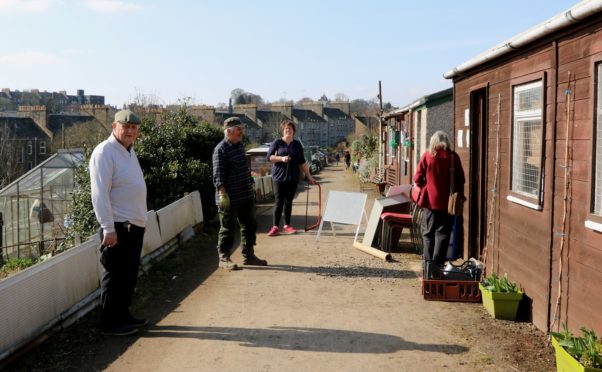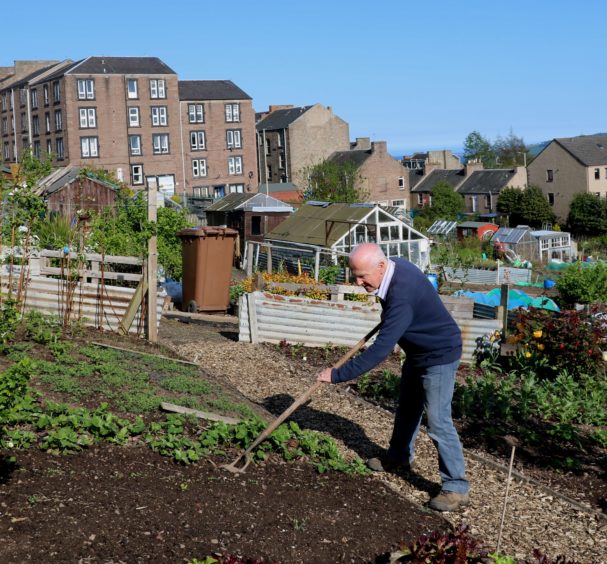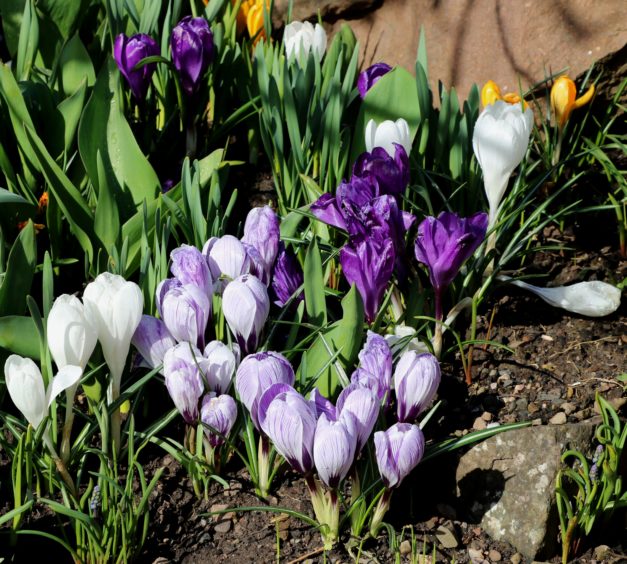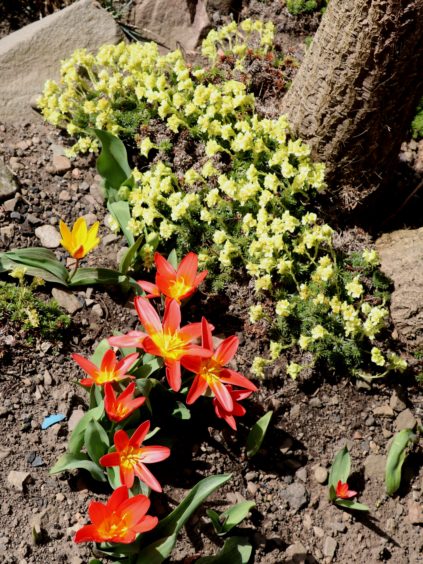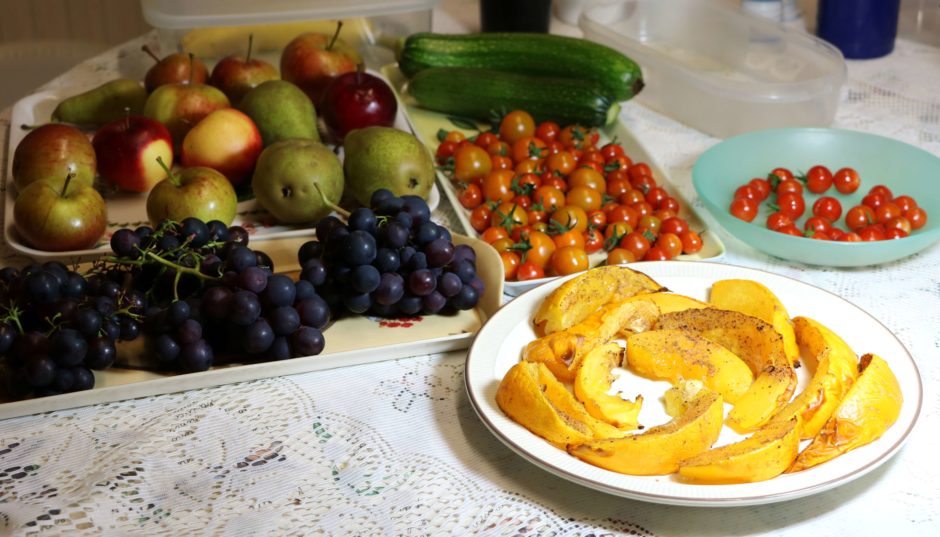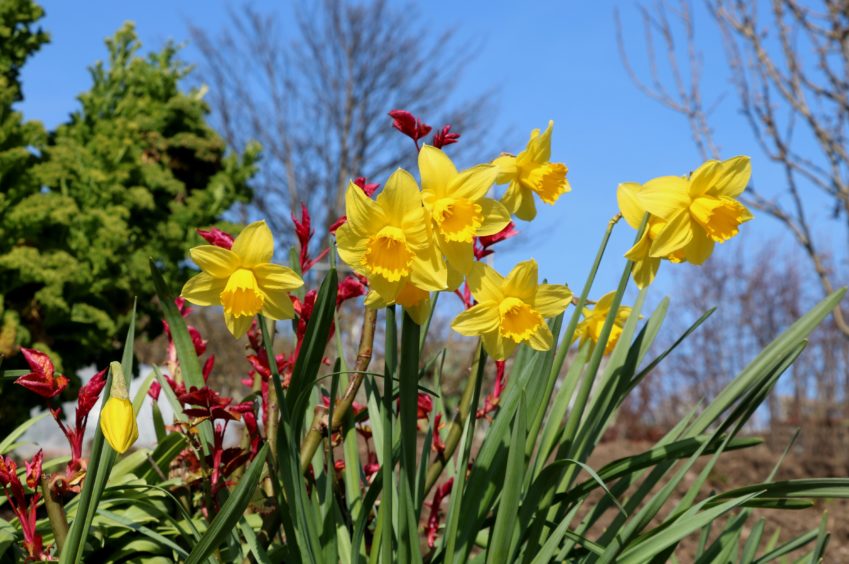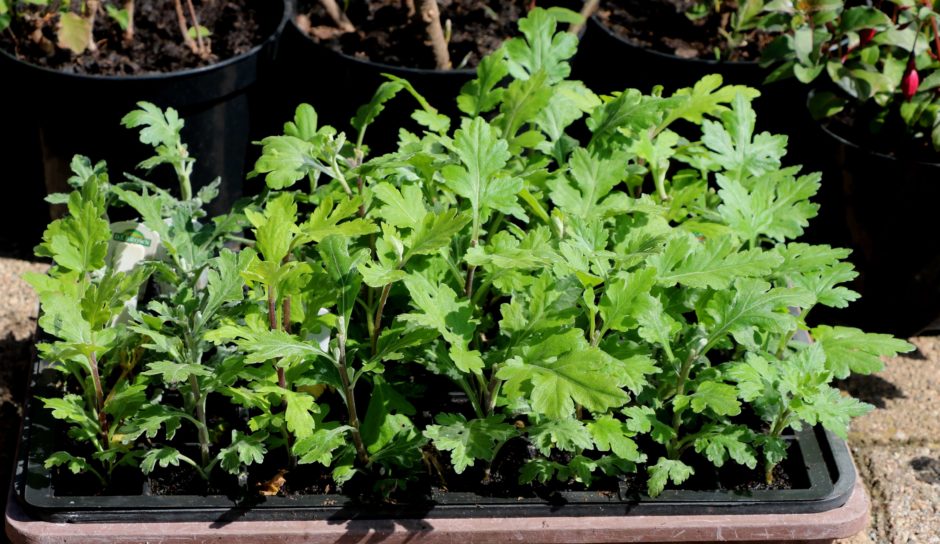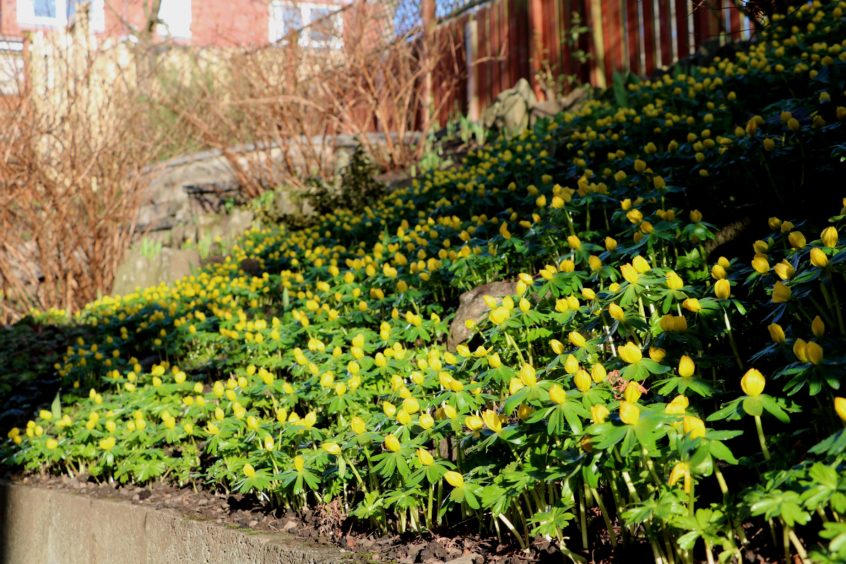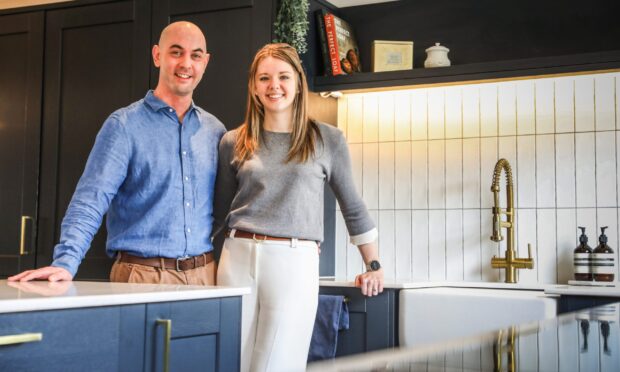Coronavirus is now firmly established with matters getting worse until it reaches a peak.
We are all affected in one way or another, but hopefully keeping isolated will prevent contact with anyone who may be a carrier.
The gardening life style is hopefully keeping us fit and healthy.
Lockdown still allows us to carry on with the garden around our house.
The allotment is a few miles away but as we are allowed some exercise the plot is the place to be.
Plot holders are usually fairly thin on the ground so isolation is just fine and we can still be sociable from a distance as all plots are separated by wide paths.
The communal hut up at City Road Allotments where we used to gather for a tea and coffee breaks is now shut for the foreseeable future and even our toilets have now been closed and put out of use.
Our shop has been closed, but plot holders can order compost, seeds and other sundries online for delivery to their plots and with payment delayed till the virus problem disappears.
As we remain in isolation, I will be taking a flask of coffee and keeping social conversations always over the allotment plot fence.
My own plant and seed order is bought in by mail order so this can be done from home. This should work so long as staff are still around in nurseries to grow and pack seeds and plants, then we need some hauliers to transport produce to our door.
We are now seeing warm spring days with flowers popping up all over the place.
This really lifts your spirit and brings on the feel good factor.
It is important to keep fit, happy and healthy.
We are really lucky to have both a large garden as well as an allotment plot.
This gives us ample fresh fruit and vegetables just about all year round, with plenty surplus in the cool garage and stored in the freezer.
I grow plenty flowers to make the garden and allotment plot attractive as this raises the
spirits and now we will be confined to barracks for a few months we can brighten up the home with cut flowers from sweet peas, chrysanthemums, gladioli and dahlias and plenty roses.
In the garden tubs, pots and hanging baskets will be full of geraniums, begonias, petunias, marigolds, lobelia and busy lizzies, so the patio is always a bright spot and several flowers, such as the blue petunia has a beautiful perfume.
This year I will also be planting some Brugmansias, Angel Trumpets in the largest tubs so the perfume will be at its best in the evenings.
As we are in isolation we will enjoy sitting out on the patio relaxing on the sun loungers getting a wee bit of sun to build up our vitamin D levels.
This vitamin together with vitamin C which is in plentiful supply with our fresh fruit and berries grown on the plot.
Both saskatoons and the Aronias, chokeberry and of course the blueberry are just packed with vitamin C and antioxidants.
However we will make an early start with lettuce, rocket, radish, spring onions and a few baby beet sown in the greenhouse border under the grape vine.
They should be fine for a couple of months before the grape vine foliage takes over.
To keep our health in top form we need plenty exercise, especially now that the gyms and Anna’s Pilates classes are shut for the time being.
That is no problem in the garden as we can spend time weeding, mowing the lawn, cleaning up paths, fixing fences, repairing sheds, turning the compost heap, netting the strawberries and saskatoons, digging in green manure crops as well as seed sowing and planting.
Then there is plants to stake, greenfly on roses, sawfly on gooseberries, caterpillars on cabbages all needing a spray.
As summer gets under way there is always a few shrubs growing beyond their allocated space so the loppers and secateurs are needed if isolation extends into the summer.
When the isolation finishes the garden and allotment should be in a perfect condition.
Wee jobs to do this week
Aconites are past the flowering stage and are now getting ready to spread their seeds. These grow very successfully so collect the ripe seed pods before they split open and either find a spare bit of garden in need of brightening up in late winter and scatter them, or give them to a friend. Next spring the seeds will germinate and produce two seed leaves, (cotyledons) and the following year these will produce one or two true leaves, but it will be the following year before the first flowers will emerge. Patience will be well rewarded.
